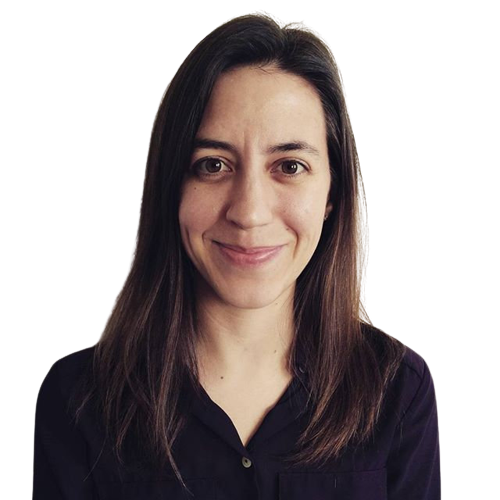How to Improve Risk Management and Resiliency
- Apple Podcasts
- Spotify

ABOUT THE GUEST
This episode features an interview with Dr. Kelly Hereid, Director of Catastrophe R&D at Liberty Mutual Insurance in the Corporate Enterprise Risk Management Group. Prior to Liberty Mutual, Kelly was a research scientist at Chubb in their primary side natural catastrophe unit. She has a Ph.D. in geological sciences from the University of Texas – Austin, focusing on climate science. On this episode, Kelly talks about using historical data to create catastrophe models, taking a strategic standpoint to invest in resiliency, and reducing vulnerability to changing hazards.
Quotes
*”There is a huge need in the financial sector to try and capture [climate] risk. Which means there’s a lot of information that’s available, but you also have to be able to sift through what’s there and interpret it appropriately to make sure that you’re not just ending up with perhaps nonsense just because the data is available does not necessarily mean that it’s data that you can use.”
*”If I have someone who’s trying to say that they have a model that will tell me down to the cent what your hurricane losses will be in 2050, I would want to have some questions about that because I know that the scientific confidence in changes in hurricane frequency is comparatively low. We operate in a field that includes a lot of data, but also includes a lot of uncertainty. So we need to be really comfortable operating in a space of uncertain and developing science.”
*The Tubbs Fire in Santa Rosa, at the time, the most expensive and destructive California wildfire in history in the past has almost exactly the same footprint as another fire called the Hanly Fire that happened in the 1960s. Literally exactly almost identical. The only difference is nobody knows about the fire in the sixties, because at that time there was no one living in the area. So it’s that it’s a change in hazard, but some of these are areas that have always burned, but now there are people there who are at risk.”
*”Catastrophe models allow us to look at historical events in the context of where people live today. So you might run, say, a historical wildfire footprint, but run it with where people are actually living today. So you can be able to see those changes that are driven by exposure, by people moving to different areas. On my team, we also do things like stress tests, where we take the model as it stands. And we can do ‘what if’ experiments, because each one of these events in the model has some characteristics of the event; how big it is, severity, spread, but it also has an assumed frequency. So we can say what would happen if you doubled the frequency of this particular characteristic of event, or tripled it? What kind of impact could that potentially have to sort of our overall book of business, our overall loss potential and damage potential from wildfires? So as a tool, we don’t just use it at face value. We can use it as a place to drop, to run and drive experiments that can allow us to explore future climates when we don’t necessarily know what that percent change is going to be.”
*”You can do amazing research and come up with really interesting conclusions. But if you don’t have any way to tie it to the needs of your audience, the needs of your end user, it may as well have not have happened.”
*”We can’t prevent disasters from perhaps we can, we can’t prevent hazards from happening, but we do have the opportunity as a society to prevent more disasters. Because disaster is an intersection between hazard and a community.”
Time Stamps
[2:03] The path to becoming Director of Catastrophe Research and Development
[3:44] What are catastrophe models?
[12:44] Studying wildfires and why they have become more hazardous
[19:59] How to change your risk profile
[20:57] How updated building codes can affect your business resiliency
[28:12] The role of the modeling team
[32:51] Data integrity and challenges in modeling hazards
Links
Connect with Kelly on LinkedIn
Follow Kelly on Twitter
Check out Liberty Mutual Insurance
Connect with Rob on LinkedIn
Follow Rob on Twitter
Thanks to our friends
Truth Be Known is brought to you by Talend, a leader in data integration and data governance. Talend enables data and analytics leaders to deliver healthy data across their organization to drive business outcomes. Talend Data Fabric is the only platform that seamlessly combines a suite of data integration and governance capabilities to ensure enterprise data is complete, clean, uncompromised, and readily available. Learn more at Talend.com